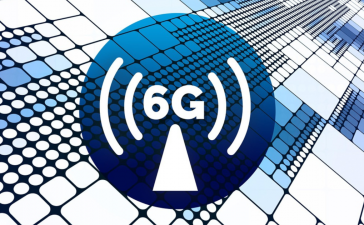Stay informed with free updates
Simply sign up to the US inflation myFT Digest — delivered directly to your inbox.
The Federal Reserve’s preferred measure of US inflation dropped by more than expected to 2.2 per cent in the year to August, paving the way for the central bank to cut interest rates again in November.
The data on the personal consumption expenditures price index compared with economists’ expectations of a 2.3 per cent annual gain and July’s figure of 2.5 per cent.
The US dollar index, which measures the greenback against a basket of six rival currencies, fell 0.2 per cent after Friday’s figures were published.
The Fed lowered interest rates by half a percentage point last week — its first cut since the pandemic — and signalled that more reductions would follow.
Chair Jay Powell has said the Fed “will do everything we can to support a strong labour market” while ensuring that prices remain under control after the biggest surge of inflation in a generation. The central bank has a 2 per cent target for headline PCE inflation.
The state of the economy is one of the biggest issues in November’s presidential election and last week’s rate cut drew criticism from Republican nominee Donald Trump.
Fed funds futures covering the central bank’s next meeting in November — which will come straight after the election — suggest investors are currently split evenly between expecting a quarter-point and a half-point cut.
“If the Fed wants to cut by another 50 basis points in November, the inflation data isn’t going to stand in their way,” Omair Sharif, an economist at Inflation Insights, said in a note on Friday.
But Torsten Slok, chief economist at Apollo, said August’s figure for core PCE, which strips out volatile food and fuel prices, “argues for a smaller quarter-point cut in November”.
The core measure rose by 2.7 per cent, matching economists’ expectations and comparing with a 2.6 per cent increase in July.
“Overall the trend in inflation is certainly looking better,” Slok said. “Things are moving in the right direction for the Fed.”
Annual core PCE is higher than the headline figure, mainly because it does not include a drop in energy prices over the past year, but it is affected by persistent housing inflation, economists say.
Yields on interest rate-sensitive two-year Treasuries, which move inversely to prices, slipped 0.03 percentage points to 3.59 per cent after the figures were published by the commerce department.
Wall Street’s S&P 500 rose 0.2 per cent in early trade, with rate-sensitive real estate stocks among the best performers. The tech-heavy Nasdaq Composite gained 0.1 per cent.
US President Joe Biden said Friday’s figures showed that inflation had come back down to a rate “similar to pre-pandemic levels, at a time when interest rates have fallen . . . The economy, incomes, savings, and consumer spending are all stronger than previously estimated.”
Trump has criticised Biden and vice-president Kamala Harris, his rival in November’s election, for presiding over the bout of high inflation that peaked in 2022, which has left many American households struggling with the cost of living.
A further indicator that Americans are becoming more optimistic about the economy’s prospects came on Friday, when the University of Michigan’s consumer sentiment index beat expectations to hit its highest level since April, at 70.1 for this month.
“Sentiment appears to be building some momentum as consumers’ expectations for the economy brighten,” said Joanne Hsu, director of the university’s consumer survey.
She noted that the index remained below its historical average, but that “consumers are fully aware that inflation has continued to slow”.
Olu Sonola, head of US economic research at Fitch Ratings, said August’s inflation figures were unlikely to “nudge the Fed in the direction of another forceful [half-point] cut in November”.
Additional reporting by George Steer, Rafe Uddin and Jennifer Hughes








